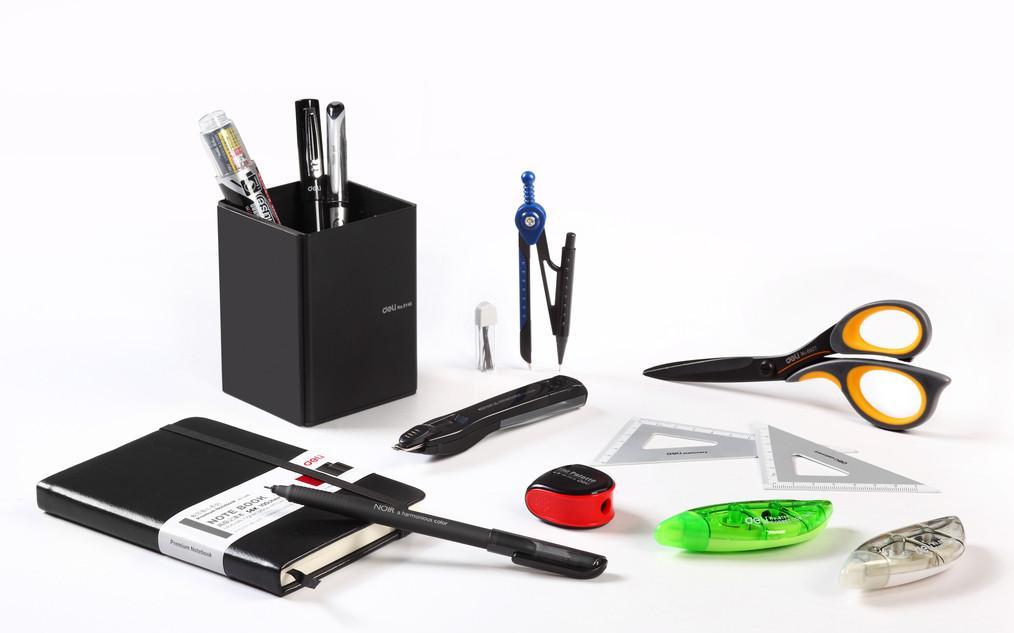In the realm of office supplies and stationery, product quality directly impacts user safety and experience.
To ensure compliance with international regulations, the industry adheres to a range of authoritative inspection standards.
Below is an overview of globally recognized certification systems, empowering businesses and consumers to navigate regulatory requirements effectively:
1. China National Standards (GB)
As the cornerstone for domestic manufacturing and distribution, GB standards rigorously regulate the physical performance and environmental metrics of materials such as paper and stationery.
For instance, GB/T 450 specifies requirements for paper strength and durability, ensuring reliability for printing and writing tools.
2. International Certification Frameworks
- U.S. Market Compliance
- ASTM: Focuses on product safety. For example, children’s stationery must pass ASTM F963 mechanical and physical tests to eliminate sharp-edge hazards, while art supplies require ASTM D4236 toxicological evaluations.
- CPSC: Oversees consumer product safety, prohibiting stationery with excessive lead content or designs posing choking risks.
- EU Regulatory Compliance
- EN Standards: EN71 ensures mechanical safety for toy-like stationery, while BS7272 governs protective designs for office tools like staplers.
- REACH & RoHS: Strictly control chemical substance usage. Correction fluids, for example, must pass phthalate testing, and electronic stationery is banned from containing cadmium, mercury, or other hazardous substances.
- Global Quality Management (ISO)
While ISO 9001 does not directly define product specifications, certified factories must establish end-to-end quality control mechanisms to ensure stability from raw material sourcing to production.
3. Chemical Safety & Environmental Requirements
- Safety Data Sheets (SDS): Mandate disclosure of product composition details, guiding safe storage and handling of chemically formulated items like adhesives and inks.
- Green Manufacturing Trends: International buyers increasingly prioritize carbon footprint reduction. Leading companies now adopt FSC-certified paper or biodegradable materials.
4. Strategies for Multinational Compliance
- Market-Driven Development: Align certifications with target regions (e.g., CPSC+ASTM for the U.S., EN+REACH for the EU).
- Third-Party Testing Partnerships: Collaborate with accredited labs for physical performance, toxicological, and environmental impact assessments to accelerate time-to-market.
- Monitor Regulatory Updates: Stay agile amid evolving rules, such as the EU’s tightening restrictions on plasticizers, requiring timely formula adjustments.
Conclusion
In today’s globalized trade landscape, quality inspection is not just a compliance hurdle but a cornerstone of competitiveness. From student supplies to premium office equipment, stringent adherence to standards and transparent production practices are key to building enduring trust in the market.
(This content is compiled based on publicly available industry regulations. For specific standards, please refer to official documents.)
Post time: Apr-07-2025






